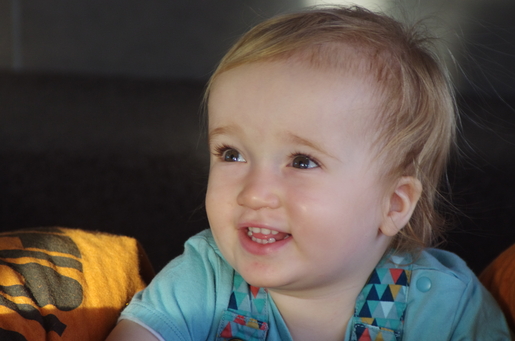Ear infections in children common

There are many possible causes for an earache including dental issues sinus infections, earwax and tonsillitis. The most common cause in children, however, is acute otitis media, OME, or more commonly known as a middle ear infection. Before the age of ten OME affects about 80% of children at some point . Half the cases we see involve children less than five years of age.
Ear infections may present with earache, a fever and vomiting. It is not unusual to see young children with symptoms such as pulling at the ear, increased crying,and poor sleep. Typically, a middle-ear infection sets in after two or three days of a cold.
The middle-ear cavity produces small amounts of fluid. This normally drains out through the eustachian tube which connects the middle ear to the back of the nose. When the eustachian tube becomes swollen because of a cold, sinus infection or allergy and stops functioning properly, fluid begins to accumulate. This may harbour bacteria or viruses resulting in infection. Most ear infections clear up within three to five days and do not need any specific treatment. If necessary, paracetamol or ibuprofen could be used to relieve pain and a raised temperature.
Antibiotics are not routinely used to treat middle ear infections, although they may be prescribed if symptoms persist or are particularly severe. The time to see your Doctor is if;-
• the symptoms show no sign of improvement after two or three days
• there is a lot of pain
• there is a discharge of fluid from the ear
The accumulation of fluid in the middle ear may cause the child’s hearing to be reduced. If this persists, the fluid in the middle ear becomes thicker over time leading to the term "glue ear." This is apparent on examination with an otoscope , an instrument used for looking at the ear drum. If a glue ear diagnosis is found, the child may benefit from having tubes or grommets inserted through the ear drum under anaesthetic. This process is effective in about 80 percent of cases. The tubes keep the air in the middle ear circulating and help prevent the accumulation of fluid. They are most commonly inserted between the age of two and five.The grommets usually fall out on their own within 9 to 15 months. In some cases, they need to be removed by the doctor. If in doubt, your GP will always be happy to see your child if they have sore ears.
